Invasive Plants
Crown Vetch
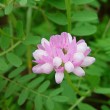
Securigera varia (Coronilla varia) Crown Vetch Native Origin: Native to Central and Southern Europe, crown vetch was introduced by the U.S. Department of Agriculture in the 1950s for planting on slopes as erosion control. Widely used along roadways, it was seeded across the country during the expansive construction of the Interstate Highway system and its […]
Garlic Mustard
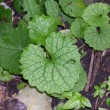
Alliaria Petiolata Garlic Mustard Native Origin: Europe and Asia. Brought to North America in the 1860s, garlic mustard had long been used by Europeans as a flavoring herb and for limited medicinal purposes. Also known as “Sauce-Alone” and “Jack-by-the-Hedge”, garlic mustard occurs throughout the eastern U.S. and Canada. Leaves and stems smell of garlic when […]
Kudzu
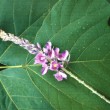
Pueraria Lobata Kudzu Native Origin: The “Vine That Ate the South” had a lot of help getting established in the U.S. Originally introduced from China as an ornamental vine in 1876, its use as a fodder crop in Japan created more interest and, in the 1930s kudzu was widely promoted as the crop that would […]
Mimosa
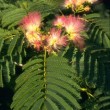
Albizia julibrissin Silk Tree, Mimosa Native Origin: Eurasian in origin, found from Iran to Japan; also called Mimosa, Silky Acacia, and, rarely, Sensitive Tree, it was first imported into the U.S. in 1745 as an ornamental and remains popular with gardeners, due to its showy fragrant flowers, finely-cut foliage and ease of cultivation. Description: A […]
Oriental Bittersweet
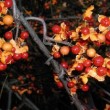
Celastrus Orbiculatus Oriental Bittersweet Native Origin: Also called, Asiatic/Asian bittersweet, this species is native to Korea, China and Japan. This deciduous, woody perennial vine was introduced from Asia as an ornamental, prized for its showy red-orange mature seeds. It unfortunately bears very close resemblance to, and can even hybridize with, our native American bittersweet, Celastrus […]
Teasel
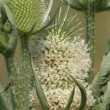
Dipsacus fullonum & D. laciniatus Common (Fuller’s) & Cut-leaved Teasel Native Origin: Both species are native to Europe, North Africa and Asia. European settlers probably introduced common teasel early in the 18th century. “Fulling” cloth meant the process of cleaning, pulling, weighting, and compressing fibers into felt and other textiles; dried flower heads, attached to […]
Winter Creeper

Euonymous Fortunei Winter Creeper, Climbing Euonymous, Gaiety, Emerald Gaiety Native Origin: Introduced from China as an ornamental plant in 1907, Euonymous fortunei and more than a dozen hybrids of the species, remains a popular ornamental vine and ground cover. More than a dozen cultivars have been created and were selected for foliage color, hardiness and […]
Japanese Hop
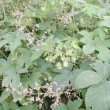
Humulus japonicus Japanese Hop Native origin: East Asia This member of the Hemp plant family was brought to the U.S. from East Asia in the 1880s, and still is used to flavor Asiatic medicinal tonics and as an ornamental vine. Description: This usually annual vine climbs by twining and does not have tendrils. The rough-textured, […]
Chinese Bush Clover
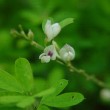
Lespedeza cuneata sericea lespedeza Chinese lespedeza, Chinese bush clover, silky bush clover, hairy lespedeza/bush cloverLonicera japonica Native Origin: Native to Asia, silky bush clover was introduced in the 1940s as a forage and hay crop for livestock, particularly on poor, eroded soils. Another introduction done for good purposes, this species didn’t live up to expectations […]
Autumn Olive
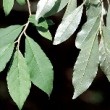
Elaeagnus umbellata Autumn Olive Common Names: autumn olive, oleaster, Japanese or Asiatic Silverberry Native Origin: This East Asian native was introduced to the U.S. in the 1830s as an ornamental plant and for erosion control. It now occurs throughout the Eastern and Midwestern U.S. and is moving into the Central Plains and West. Description: A […]
